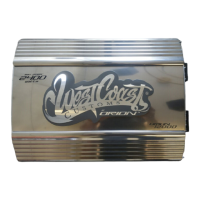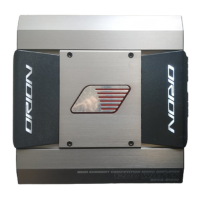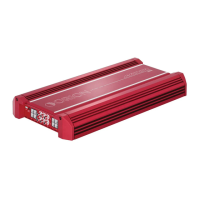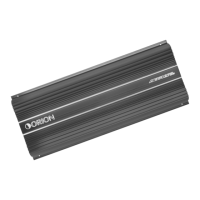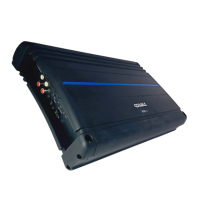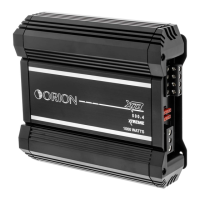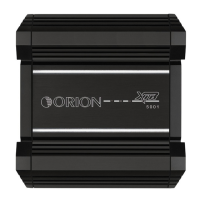While listening to your reference music, listen for irregularities in your system. These irregularities can best be
described as tonal qualities your hearing finds offensive or irritating. To better locate a particular frequency range
that needs correction, boost individual frequency bands (one at a time) until you find the offensive band.
Remember to reset the non-effective bands back to 0dB to better locate the offensive band.
Once you have located the frequency band, slowly cut that particular band until the frequency aberration
disappears. For best results, use the least amount of equalization (in this case, cut) as possible. This is important
because as you reduce the offensive output, you also reduce the sonic information in that frequency range which
will negatively affect the nuances and detail of the music. Also, when performing this correction, use different
reference music to ensure that the equalization you are performing is correcting problems with your system and
not a particular recording. Continue this process until all the frequency irregularities have been eliminated.
Since the DEQ 30 has four preset working zones, work in three of the zones and maintain another as a
reference. Periodically, check the sound quality of the “corrected” response with the reference response. If you
find that the corrected response sounds terrible in comparison to the reference response, take a listening break
and listen to it again. Also, if you find you like the improvements of a particular zone but believe that it could be
improved, leave it alone and set another zone to the same settings and continue. Compare the Reference, first
selecting the most recent setting to see if actual improvements have been made. As before, take listening breaks
often. Your hearing can be easily affected by extended listening and will limit your ability to make sonic
improvements to your system.
RESONANCE PROBLEMS
25
28

